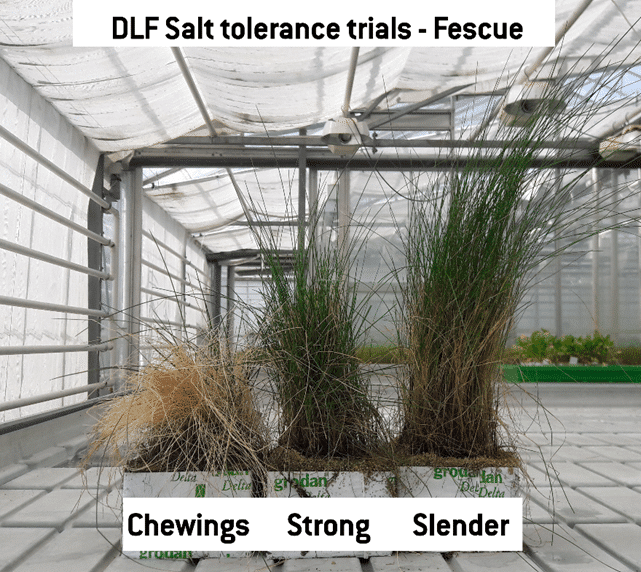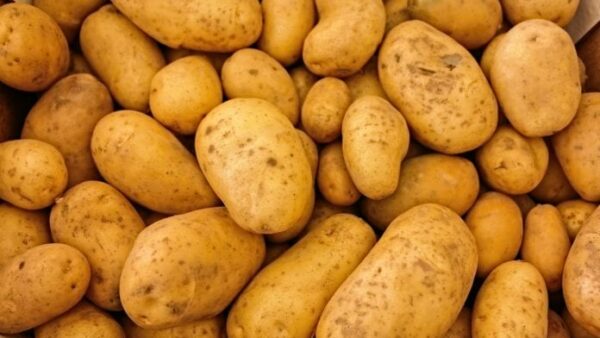When will turf irrigation be banned? The irrigation possibilities are already limited many places for community sports facilities and in public parks, due to local restrictions. The choice not to use pure ground water for irrigation makes good sense. Consequently, we need to look into solutions and alternative water sources independent of steady precipitation.
Recycling water is in general a meaningful way to optimize water consumption. Recycled water, surface water as well as sea water is tempting to use as irrigation, but they will increase salinity in the root zone. This will put a lot of stress to the natural organisms in the soil not naturally adapted to a higher salt level.
Increasing marked demandfor salt tolerant varieties
“Clean” irrigation water is becoming a luxury and a scared resource. Surface water is used to accommodate the need for this challenge. Over several years the turf and forage grass professionals have been searching for solutions to front the problem with surface waters at increased salinity levels.
Roadsides and dikes challenge landscape managers. A seemingly fertile sowing bed will over time suffer from salt damages from de-icing with salt. But the stretches of roadsides and dikes exposed do not have to look poor and suffer due to salt stress, if you choose the right species and mixtures. Some varieties and some species hold a naturally ability to tolerate salt stress.
In order to identify salt tolerance all varieties are tested against check varieties, in a slow torture trial with gradually increase in the salt content of the irrigation water. One by one the varieties die, and only the toughest performing varieties can qualify for the DLF 4salt® concept mixtures.
Huge differences in salt tolerance
The salt tolerance screening shows a huge difference between species. By exposing our germplasm to rising levels of salt in the growth substrate, we have identified differences between species and varieties. The very salt tolerant varieties are found across the portfolio, among forage and lawn and sports varieties. But certain species have shown an overall better performance in the salt trial.
The chart shows the differences between species, but within species you will also find significant differences among different varieties in salt tolerance.
Some tropical grass species have shown to have excelent salt tolerance, adaptede over centuries to endure salt. The screening at DLF is focused on tempereate grasses.
Saline growing conditions can have different causes. Whether the salinity is due to salt content in the soil, the nearby sea or from irrigation water, the problem is increasing on a global scale, and adaptation is necessary. The 4salt® mixtures will perform well also without salinity problems, so it is at no risk to choose them as a safeguard in case of doubt, or to be prepared for changes in the quality of irrigation water etc.
As the front runner in grass innovation DLF R&Dhas accepted the challenge to identify future grasses adapted to various conditions. Through tools like Genome Wide Selection, local adaptations, Radimax (root screening facility) as selection parameters and more, solutions to different situations has occurred.







